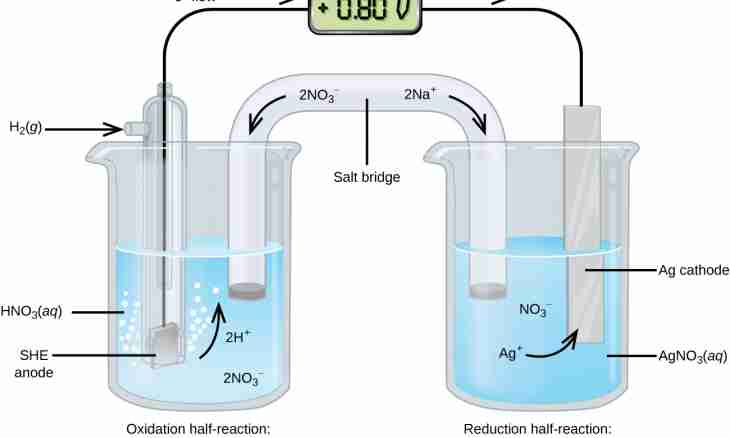Hydrogen – the lightest gas, the first and simplest element of the table of Mendeleyev. Atom of its most widespread isotope of protium consists of the only proton and the only electron. Hydrogen – the most mass substance in the Universe. Stars, mainly, consist of it. This element finds broad application in different industries. Often there is a need to calculate the mass of some amount of hydrogen.
Instruction
1. Let's say you were given such task. It is known that cubic meters44.8 hydrogen 4 kilograms weigh. It is necessary to define what mass of one of hydrogen. There is a universal rule: one mol of any gas under the conditions close to normal, occupies the volume equal to 22.4 liters. In one cubic meter of 1000 liters. Therefore, 44.8 cubic meters contain 44800 liters. That is 44800/22.4 = 2000 moths of hydrogen. Their weight is known to you under the terms of a task – 4 kilograms, that is 4000 grams. Divide 4000/2000 = 2 grams. Such is the mass of one of hydrogen.
2. It is possible to answer a question by means of Mendeleyev's table. In it a certain place – a cell where all necessary information contains is allocated to each element. In particular, the molecular mass of its most widespread isotope expressed in atomic units of mass. Look in the table. The molecular mass of isotope of hydrogen of protium is 1.008 and. e. m. Therefore, the molecular mass of one molecule of hydrogen (taking into account that it diatomic) will make 2.016 and. e. m. Or in round figures 2 and. e. m.
3. There is one more universal rule: the molar mass of any element is in number equal to its molecular weight, is only expressed in other dimension: gram/mol. Thus, the molar mass of hydrogen is equal 2.016 grams. In round figures 2 grams.
4. It is possible to determine weight asking hydrogen and by means of Mendeleyev-Klapeyrona's equation. It looks as follows: PV = MRT/m. Р – gas pressure, V – its volume, M – the actual weight, R – a universal gas constant, T – temperature, and m – molar weight. Alter the equation, receive: m = MRT/PV. This equation is fair for any gas which is under the conditions close to normal. Including, certainly, and for hydrogen.
5. Substitute in a formula values of pressure, volume, weight, temperature and a gas constant known to you (equal 8.31). You receive the required molar mass of hydrogen m.

